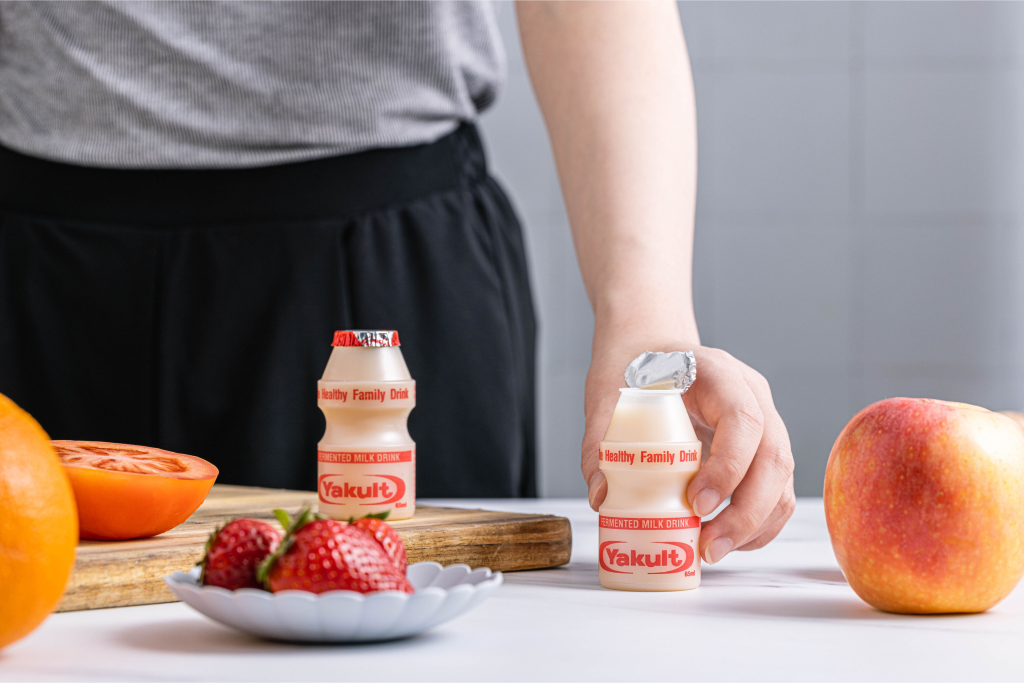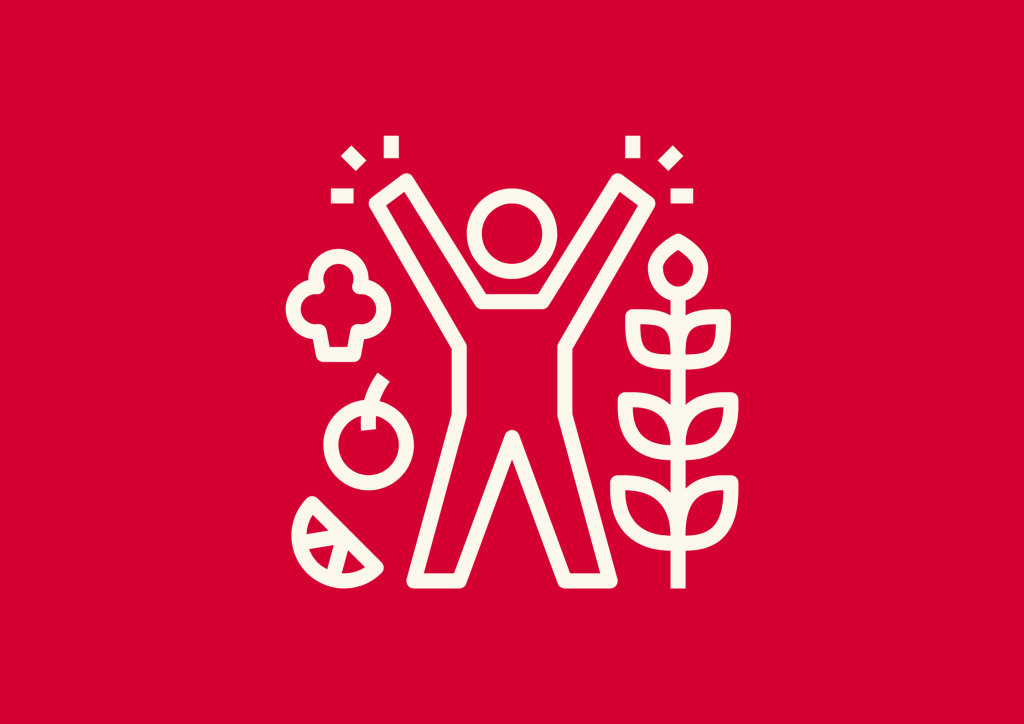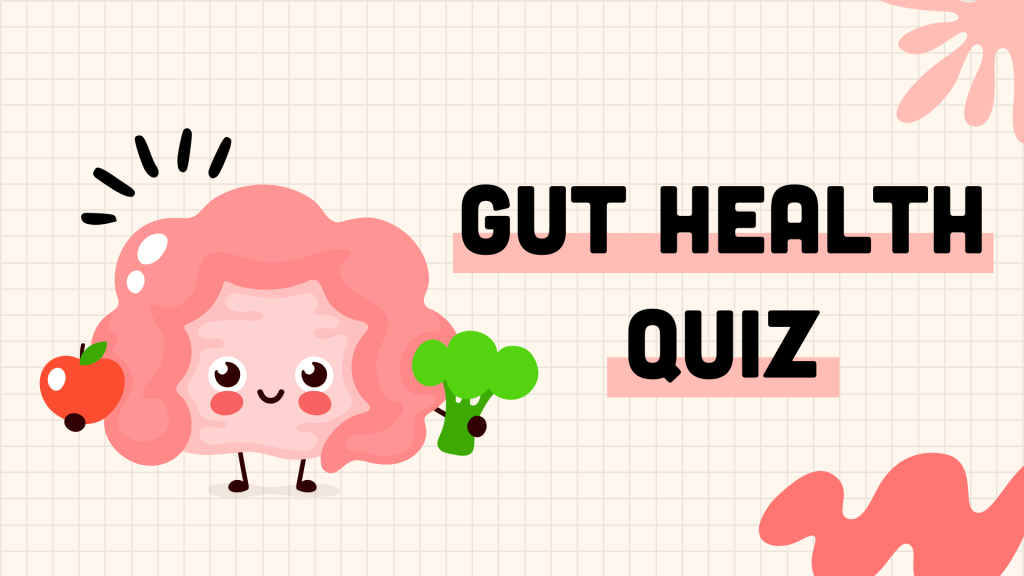200,000 Factory Visitors!

In October, Yakult Australia marked a major milestone – the factory has now welcomed 200,000 attendees! To mark the occasion, our team hosted an extra special factory tour filled with fun and festivity. The factory was decorated with blue and red streamers, balloons, and a themed photo booth – giving guests plenty of fun […]
When is the Best Time to Drink Yakult?

Small, everyday habits can add up to make a meaningful difference to your wellbeing. Adding a Yakult to your daily routine is a simple way that can help support your gut health, plus, it tastes great! Every bottle contains Yakult’s unique probiotic strain, Lacticaseibacillus paracasei Shirota (LcS), a strain backed by 90 years of scientific […]
Climate Change and Gut Health: Why the Connection Matters

When we think of climate change, we often picture melting ice caps or extreme weather. But did you know it can also affect your gut health? Many health issues are linked to changes in our environment, and climate change is now a major part of that story.(1) As carbon dioxide and greenhouse gases rise, our […]
Mid-Autumn Celebration at Yakult Australia

Mid-Autumn Celebration at Yakult Australia! The Mid-Autumn Festival, also known as the Moon Festival, is a tradition celebrated by Asian communities around the world. Marked by family reunions, mooncakes, and lanterns, it symbolises unity and gratitude. To honour this cherished cultural occasion, at Yakult Australia, we hosted a week-long Mid-Autumn celebration—bringing warmth and joy to […]
Understanding Picky Eating in Children: A Guide for Parents

If you’re a parent, chances are you’ve likely encountered situations where your child has vocalised their own preferences, likes and dislikes about certain types of food. If you have, rest assured you are not alone in this experience! This blog is designed as a helpful guide for parents to better understand picky eating in children […]
Yakult Bottle Crafts

Creative Ideas for the School Holidays Spring is here, and the school holidays are the perfect time to get creative at home! While Yakult can support digestive balance and intestinal health, our Yakult bottles can also be repurposed into fun crafts that entertain kids and spark their imagination. Here are some simple, eco-friendly ideas […]
A Basic Explanation of Preventative Medicine and Why Dr. Shirota Believed in It

What is Preventative Medicine? Preventive medicine is a medical specialty focused on preventing disease, prolonging life, and promoting health and well-being through proactive measures, rather than treating illness after it occurs. Health can be defined as “a state of complete physical, mental, and social well-being, and not merely the absence of disease or infirmity” (1, […]
Celebrating 90 Years of Yakult

🎉Celebrating 90 Years of Yakult – Discover Our Limited-Edition Packaging 🎉 In 2025, we’re proud to celebrate Yakult’s 90th Anniversary. In 1935, production and sales of Yakult began in Fukuoka, Kyushu, Japan. Loved for over 90 years, its impact continues to be shaped by the two things that led to its creation, the unique […]
Gut Health Quiz

The human Gastrointestinal (GI) tract is home to an abundant and diverse ecosystem of over 100 trillion types of bacteria and microorganisms, collectively known as the gut microbiota.1,2 The bacteria within your gut aid digestion by breaking down food and converting it into essential nutrients for your body to absorb and use.3 The health of our […]
Yakult Benefits

Yakult is a familiar, refreshing probiotic drink that you often spot on grocery shelves! Among the many things written on its packaging, the phrase “for digestive balance & intestinal health” highlights Yakult’s health benefits, making it more than just a nostalgic, tasty beverage. Probiotics are defined as “live microorganisms that improve your health when taken […]